Homemade Baby Food
Homemade Baby Food
Table of Contents
Introduction
Feeding a baby is one of the most important aspects of early parenting. As babies grow and reach the stage where they can start eating solid foods, many parents are faced with the decision of what to feed their child. Homemade baby food has become a popular choice among health-conscious parents due to its simplicity, control over ingredients, and nutritional benefits. By preparing meals at home, parents can ensure that their baby receives fresh, wholesome, and nutrient-packed foods without the additives and preservatives found in store-bought options.
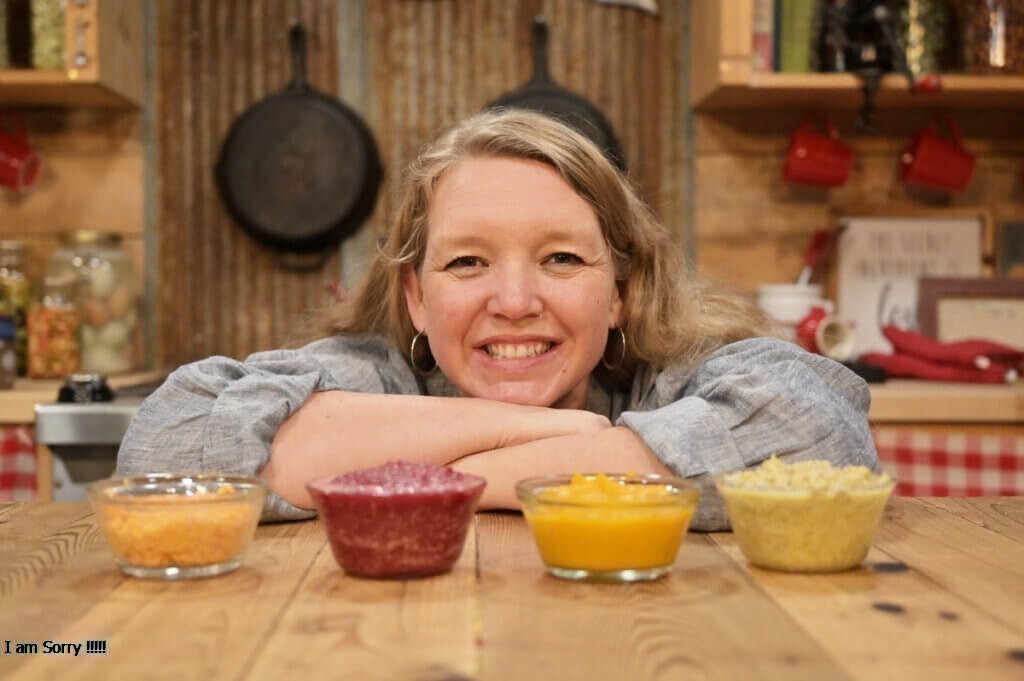
In addition to the health benefits, making baby food at home allows parents to introduce a wide variety of fruits, vegetables, grains, and proteins, catering to their baby’s unique needs and preferences. This practice helps develop healthy eating habits from an early age and gives parents the flexibility to adjust recipes based on their baby’s development, allergies, or sensitivities. Homemade baby food also offers cost savings, as it eliminates the need for purchasing expensive pre-packaged baby foods.
This guide will explore everything you need to know about making homemade baby food, including the best ingredients, preparation techniques, and safety tips, to ensure your baby receives a healthy and balanced diet. Let’s dive into how you can create nutritious meals for your little one, starting right in your kitchen.
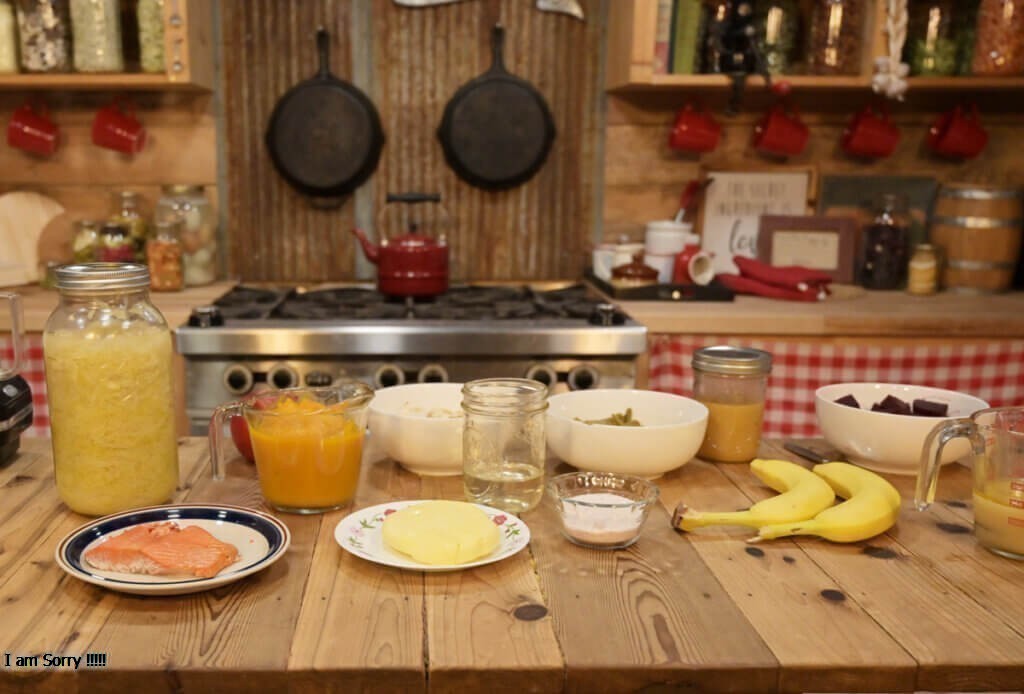
When Are Babies Ready for Solid Food?
Babies are generally ready for solid food around 6 months old. However, some babies show signs of readiness as early as 4 months. Signs that a baby is ready for solids include:
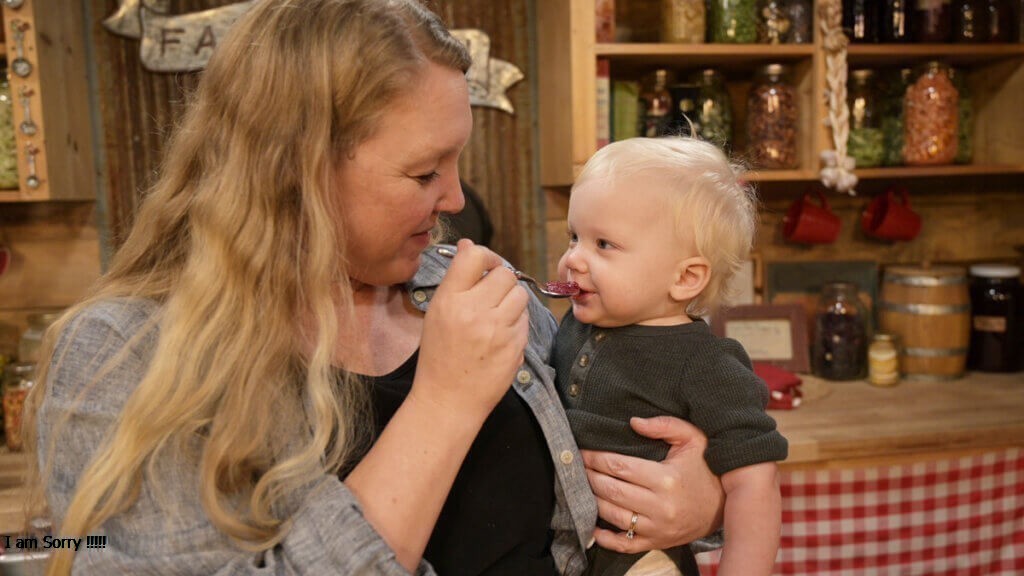
- Sitting up with little or no support
- Showing interest in what others are eating
- Holding their head steady
- Losing the tongue-thrust reflex (which pushes food out of the mouth)
It’s important to consult with your pediatrician before starting solids, especially if you’re considering it earlier than 6 months.
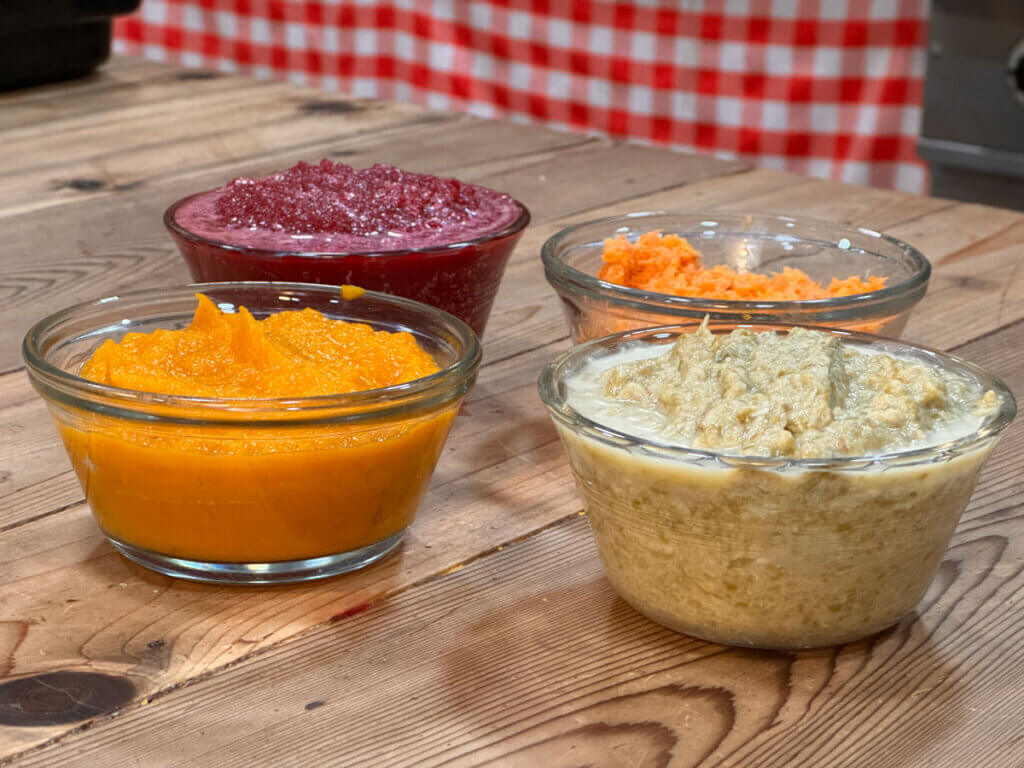
What Are “Solid” Foods?
“Solid” foods refer to any food other than breast milk or formula. These foods are usually pureed, mashed, or finely chopped to make them easy for babies to swallow. Starting with soft, easy-to-digest options is key. Examples of introductory solid foods include:
- Rice cereal
- Pureed vegetables
- Pureed fruits
- Pureed meats
How to Introduce Foods to Babies
When introducing solids, start with one food at a time, offering it for 3–5 days before introducing a new one. This allows you to monitor for any signs of food allergies or sensitivities. Begin with small amounts, like a spoonful or two, and gradually increase the quantity as your baby becomes more comfortable eating solids.
Steps for introducing solid foods:
- Start with a single ingredient food (e.g., pureed carrots).
- Offer small portions (1–2 teaspoons).
- Feed the baby with a small spoon, allowing them to explore the texture.
- Observe for any allergic reactions.
- Gradually introduce a new food after 3–5 days.
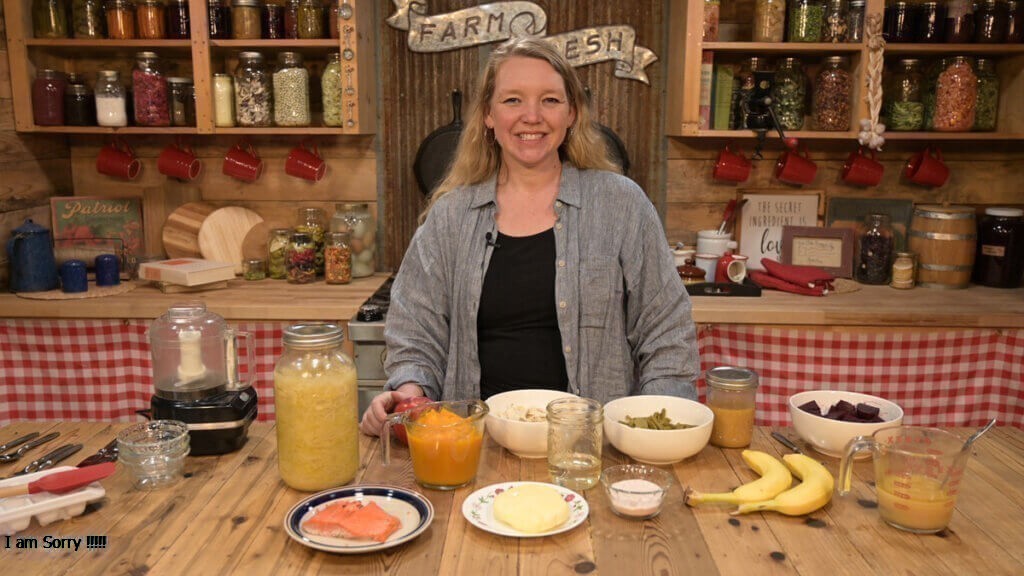
Best Introductory Foods for Baby
Here’s a list of some of the best foods to start with:
- Vegetables: Carrots, sweet potatoes, peas, squash
- Fruits: Apples, bananas, pears, peaches
- Grains: Iron-fortified rice cereal, oatmeal, barley
- Proteins: Chicken, turkey, lentils, tofu
- Dairy (after 8 months): Yogurt, cheese

What About Fats?
Fats are essential for babies’ brain development. Healthy fats can be included in a baby’s diet in small amounts. Avocados, full-fat yogurt, and breast milk or formula provide sufficient fats. Avoid offering low-fat or skimmed dairy products before the age of 2.
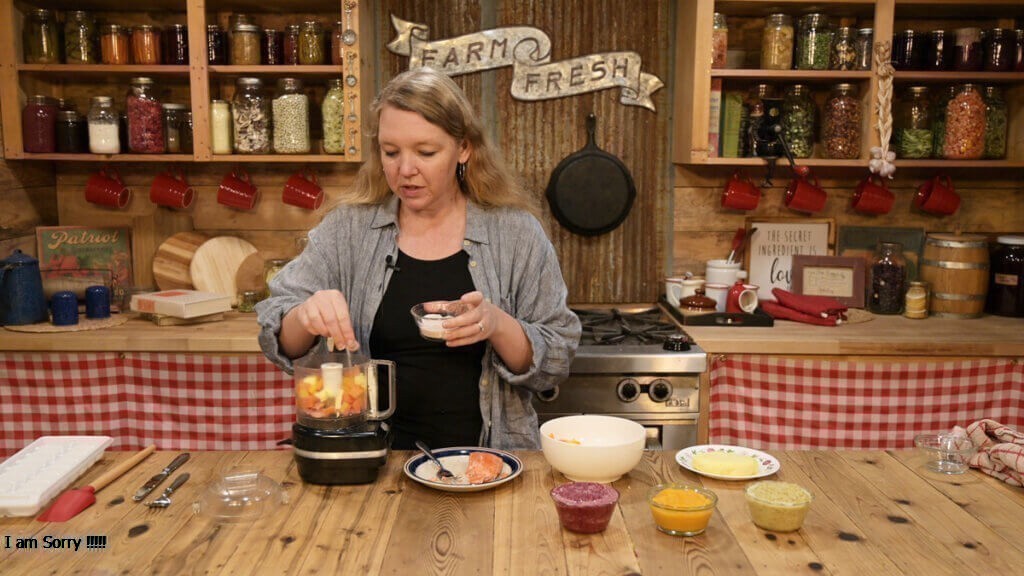
What About Salt?
Babies’ kidneys are not fully developed, so they cannot process large amounts of salt. It’s best to avoid adding salt to homemade baby food. Instead, let the natural flavors of fruits, vegetables, and proteins shine.
What’s Wrong with Commercial Baby Food?
While convenient, many commercial baby foods contain added sugars, preservatives, and excess salt. These can impact a baby’s palate, making them less likely to enjoy natural foods in the future. Homemade baby food gives you full control over the ingredients, ensuring your baby gets wholesome, nutritious meals without unnecessary additives.
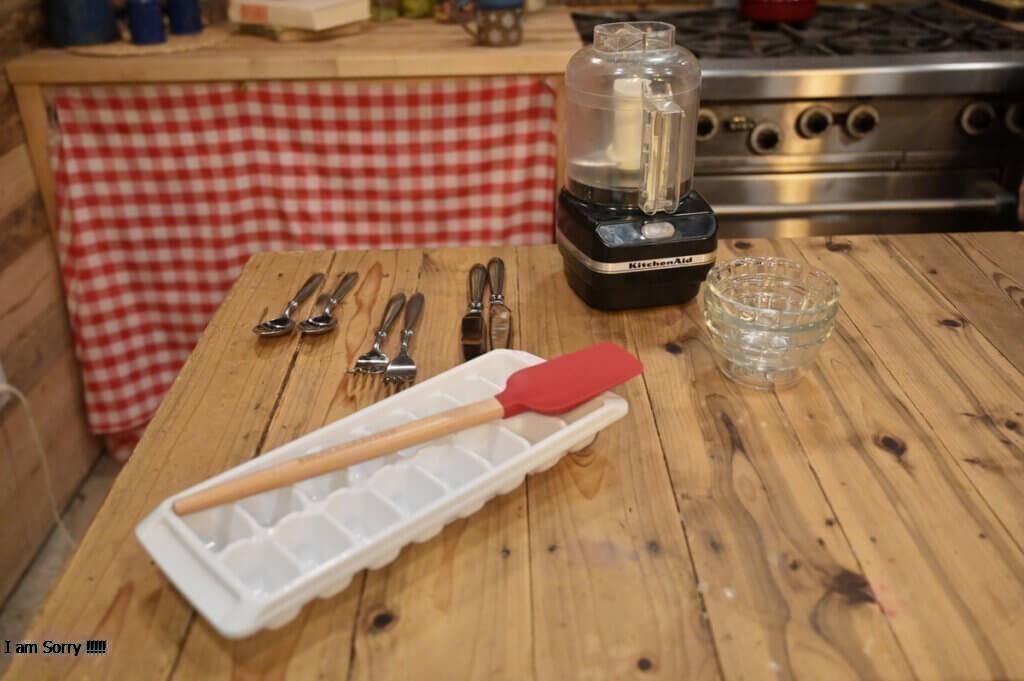
Making Homemade Baby Food
Making homemade baby food is a rewarding and healthier alternative to store-bought options. It allows you to introduce a variety of fresh foods and control the texture and quality of the ingredients.
Supplies Needed
To make homemade baby food, you’ll need a few basic kitchen supplies:
- Blender, food processor, or hand blender
- Steamer or pot for boiling/steaming vegetables
- Ice cube trays for portioning and freezing
- Storage containers with lids
- A small spoon and baby bowl
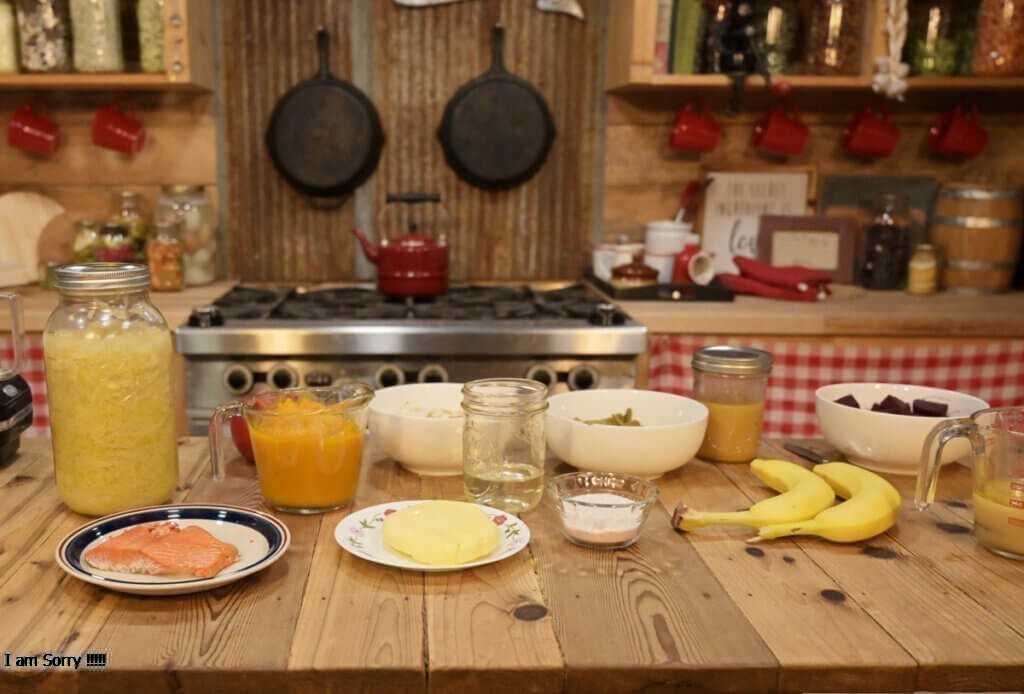
Ingredients Needed
Here are some easy-to-find ingredients to start with:
- Fresh fruits (bananas, apples, pears, etc.)
- Fresh vegetables (sweet potatoes, carrots, peas, etc.)
- Grains (rice, oats, quinoa)
- Protein sources (chicken, turkey, lentils)
- Full-fat yogurt (optional for older babies)
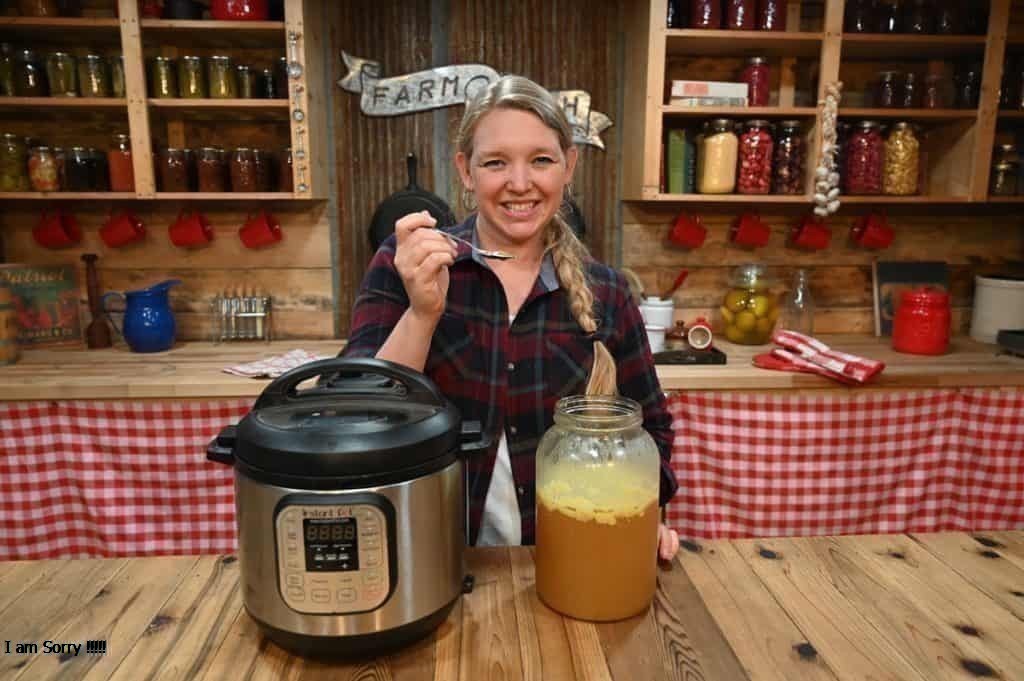
Adding Liquids
When preparing homemade baby food, you may need to add some liquids to achieve the right texture. You can use:
- Breast milk
- Formula
- Water
- Unsalted broth (for older babies)
Adding liquid helps to thin out purees and makes them easier for your baby to swallow.
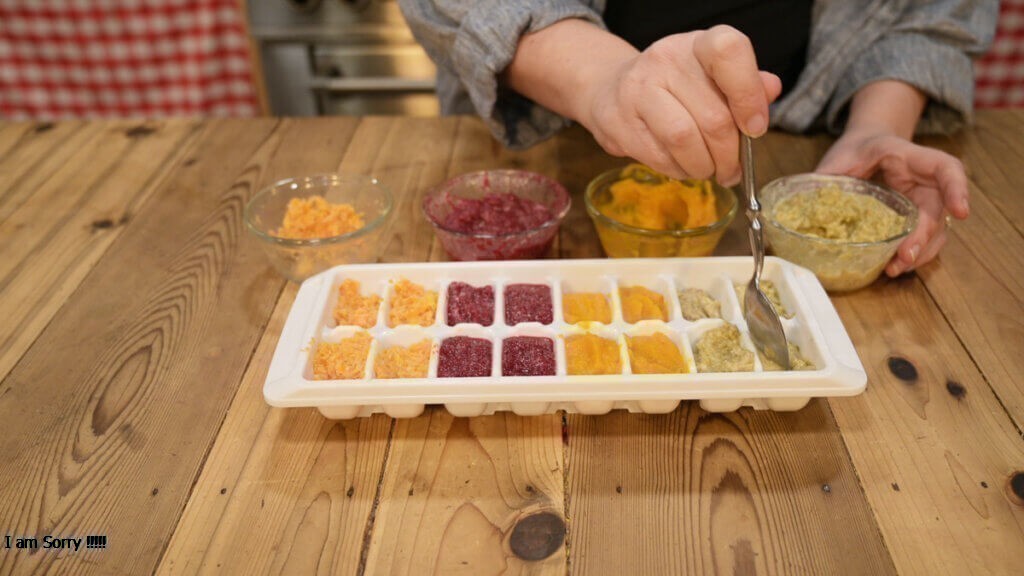
Baby Food Recipes
Here’s a quick guide to making baby food, laid out in chart form:
| Recipe | Ingredients | Instructions |
|---|---|---|
| Carrot Puree | – 2 large carrots | 1. Peel and chop carrots into small pieces. 2. Steam or boil until soft. 3. Blend with water or breast milk. |
| Apple Sauce | – 2 apples | 1. Peel and core apples. 2. Cut into pieces and steam. 3. Blend until smooth with a little water or breast milk. |
| Sweet Potato Mash | – 1 large sweet potato | 1. Bake or steam sweet potato. 2. Scoop out the inside and mash. 3. Add water or breast milk to thin. |
| Banana and Avocado Mash | – 1 ripe banana – 1 ripe avocado | 1. Peel and mash both ingredients together. 2. Serve as is without adding any liquids. |
| Rice Cereal | – 1/4 cup brown rice – 1 cup water | 1. Cook rice as per instructions. 2. Blend into a smooth puree with water or breast milk. |
| Chicken Puree | – 1 boneless chicken breast – Water or broth | 1. Boil or steam chicken until fully cooked. 2. Blend with broth or water until smooth. |
| Oatmeal | – 1/4 cup oats – 1 cup water | 1. Cook oats in water. 2. Blend for a smoother texture. |
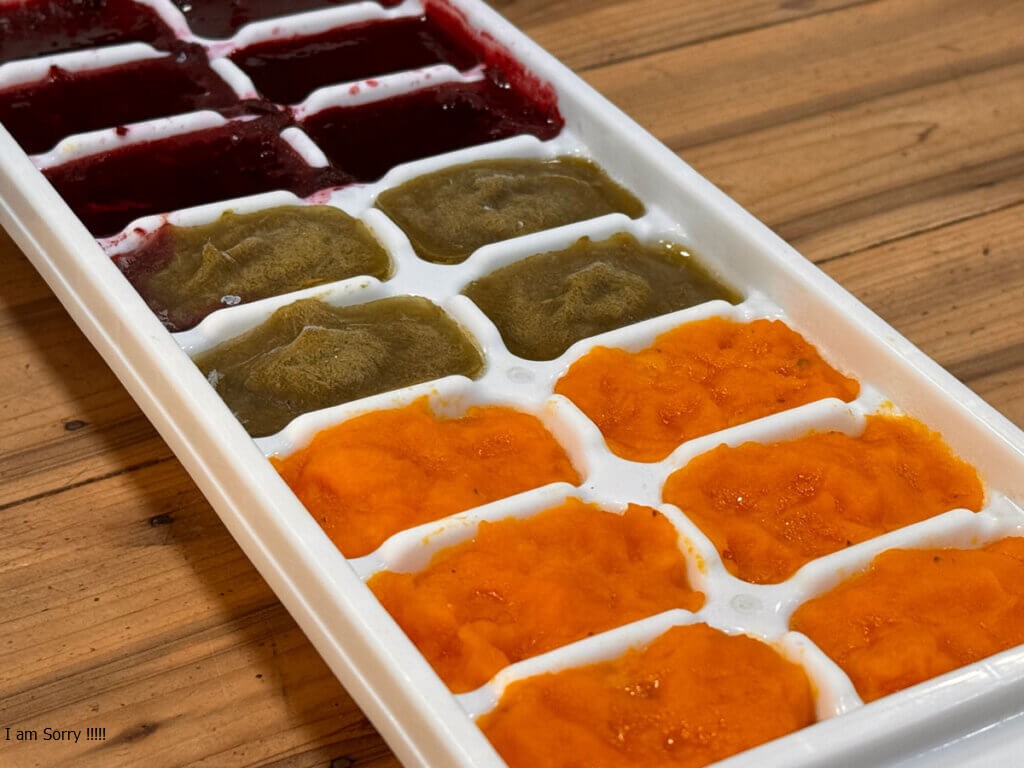
Storing Homemade Baby Food
Homemade baby food can be stored in:
- Refrigerator: Store in airtight containers for up to 48 hours.
- Freezer: Use ice cube trays to portion and freeze for up to 3 months. Once frozen, transfer cubes into labeled freezer bags.
Tips for Making Homemade Baby Food
- Cook in Batches: Prepare larger quantities and freeze in portions.
- Steam Over Boiling: Steaming preserves more nutrients in vegetables and fruits.
- Avoid Salt and Sugar: Don’t add any seasonings to baby food.
- Thaw Safely: Thaw frozen baby food in the fridge or warm water, never on the countertop.
- Blend to the Right Consistency: Start with smoother purees and slowly increase the texture as your baby grows.
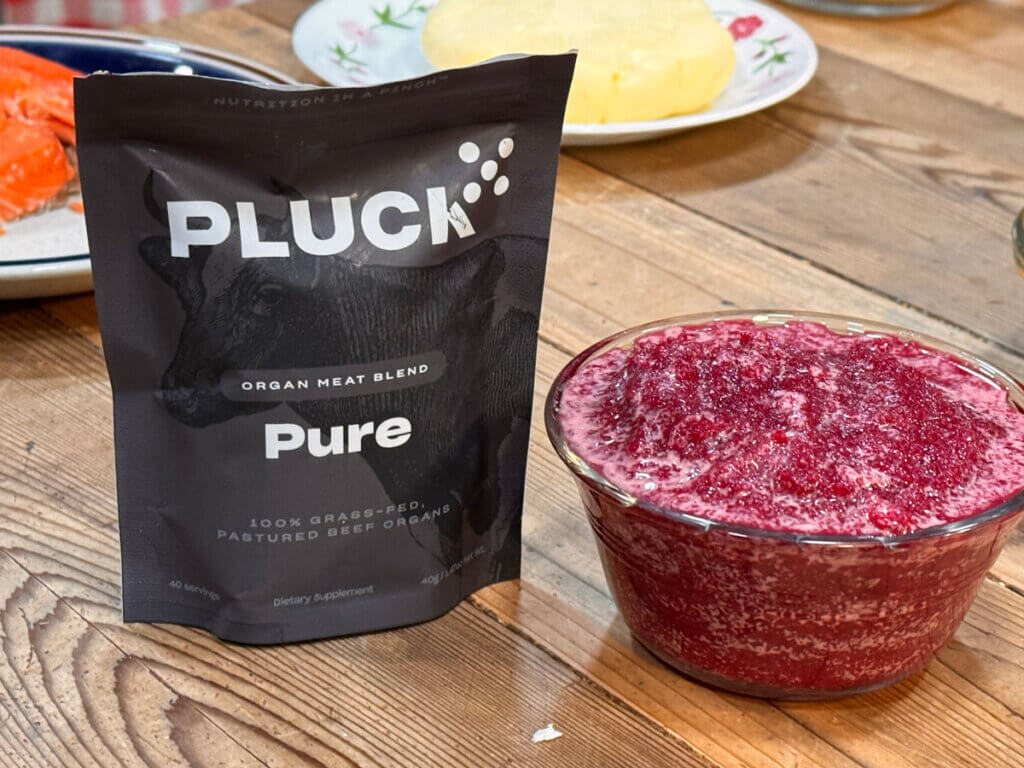
FAQs
1. What homemade food can babies eat?
Babies can eat a variety of homemade foods, starting with simple, single-ingredient purees. Some great options include mashed fruits like bananas or avocados, pureed vegetables such as carrots, sweet potatoes, or peas, and grains like rice or oatmeal. As your baby grows, you can introduce soft-cooked meats, beans, and other proteins. It’s important to ensure the food is soft, smooth, and easy for them to swallow.
2. How do I start making my own baby food?
To start making your own baby food, begin by selecting fresh, whole ingredients like fruits, vegetables, or meats. Cook the food by steaming, baking, or boiling it until soft. Then, blend or mash it into a smooth puree, adding breast milk, formula, or water if needed to reach the desired consistency. Start with simple, single-ingredient recipes and gradually introduce new foods. Store the food in the refrigerator or freezer for future use.
3. Is homemade baby food healthier?
Yes, homemade baby food is generally considered healthier than store-bought options. When you make baby food at home, you have full control over the ingredients, ensuring no added sugars, salts, preservatives, or artificial flavors. Homemade food is also fresher and often retains more nutrients, especially if you use organic produce. This gives your baby a wholesome, nutrient-rich diet without the unnecessary additives found in commercial baby food.
4. What are the ingredients for baby food?
The ingredients for baby food should be fresh, natural, and nutritious. Common ingredients include fruits like apples, pears, and bananas, vegetables such as carrots, peas, and sweet potatoes, grains like rice or oatmeal, and proteins like chicken, lentils, or beans. You can also use healthy fats like avocado and dairy products like plain yogurt, depending on your baby’s stage of development. Always choose pesticide-free, organic options when possible.
5. What are the 5 types of baby food?
The five main types of baby food include:
- Fruits – Pureed or mashed bananas, apples, pears, and peaches.
- Vegetables – Cooked and pureed carrots, peas, sweet potatoes, and spinach.
- Grains – Baby cereals made from rice, oats, or barley.
- Proteins – Pureed chicken, turkey, beans, and lentils.
- Dairy – Soft cheeses or plain yogurt (for babies 8 months and older).
6. What are stage 1 baby foods?
Stage 1 baby foods are simple, single-ingredient purees that are smooth and easy to digest. These are the first solid foods introduced to babies around 4 to 6 months of age. Examples include pureed carrots, sweet potatoes, apples, bananas, and rice cereal. The food should be soft and thin, often mixed with breast milk, formula, or water to make it easier for the baby to swallow.




